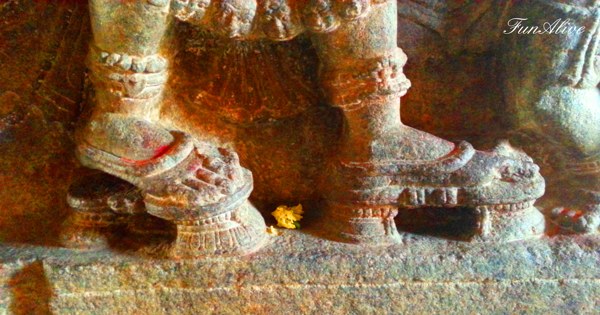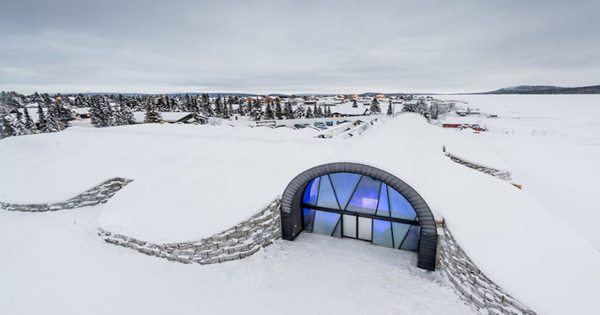36 Most Mysterious and Interesting Places on Earth
- There are some places in the world that have the power to captivate people over many decades. Some locations become shrouded in mystery; crimes are left unsolved, strange disappearances go unexplained, freakish natural phenomena and terrifying eyewitness accounts hail from these places. These are all stories that are passed on from generation to generation, and the truth about these mysterious places can be very hard to pin down.
- Our World is home to countless gorgeous spots that tend to attract millions of visitors each year. However, from one corner of the globe to another, there are also off-the-beaten paths that many people never knew existed.
- Here are some of the most beautiful places in the world. Explore the beautiful world with us.
- Feel free to add more places in the comments under the article.
#7. Mysterious Hanging Pillar of Lepakshi Temple in India
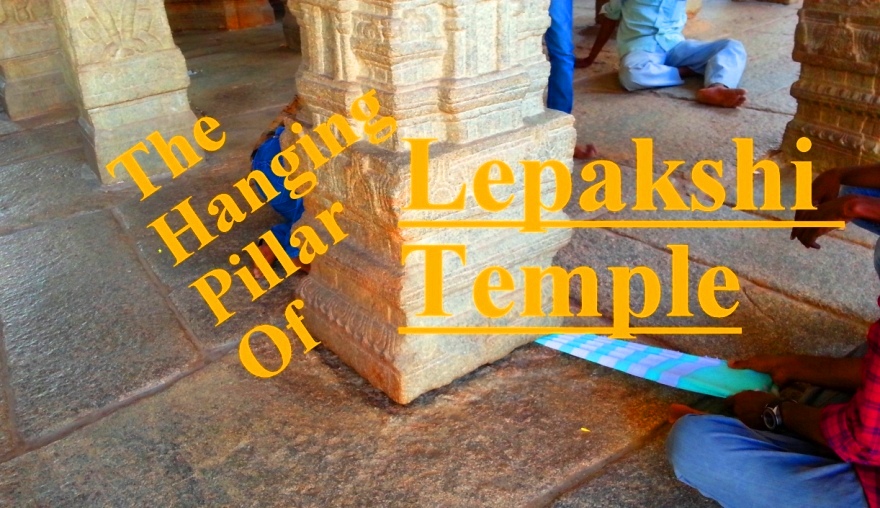
- The beautiful 16th-century Veerabhadra temple, also known as Lepakshi temple, is located in the small historical village of Lepakshi in the Anantapur District of Andhra Pradesh, India, about 15 km east of Hindupur and approximately 120 km north of Bangalore. Built in the typical style of Vijayanagara architecture, the temple features many exquisite sculptures of gods, goddesses, dancers, and musicians, and hundreds of paintings all over the walls, columns, and ceiling depicting stories from the epics of the Mahabharata, the Ramayana, and the Puranas. This includes 24 feet by 14 feet fresco of Veerabhadra, the fiery god created by Shiva, on the ceiling, which is the largest fresco of any single figure in India. At the front of the temple is a large Nandi (bull), the mount of Shiva, which is carved from a single block of stone, and is said to be one of the largest of its type in the world.
- Veerabhadra temple is famed for another engineering wonder. Among the 70 stone pillars, there is one that hangs from the ceiling. The base of the pillar barely touches the ground and is possible to pass objects such as a thin sheet of paper or a piece of cloth from one side to the other. It is said that the pillar is a bit dislodged from its original position when a British engineer tried to move it in an unsuccessful attempt to uncover the secret of its support.
Biggest Granite Monolithic Nandi Sculpture in the World at Lepakshi
- The spectacular Nandi is one of the biggest granite monolithic Nandi in India, located almost 300m before the main temple of Lepakshi.
The sculpture has been positioned so that it faces the shivalinga which is shielded by a large serpent inside the temple. The nandi wears a kaasu malai, a bell chain, earrings, and other jewelry.
Lepakshi Nandi is the main attraction in Lepakshi, the huge Nandi bull made of a single granite stone 4.5m high and 8.23m long.
#8. Krishna's Butter Ball - The mysterious balancing rock of Mahabalipuram

- Some believe that it was put in place by the gods, others by aliens - and geologists argue it's a natural formation.
- The Krishna’s Butter Ball or Vaanirai Kal (Stone of the Sky God), as it is known to locals, has been sitting on a 45-degree slope in Mahabalipuram for over 1,400 years.
- The actual name of the stone is Vaan Irai Kal, which translates to Sky God's Stone.
The 20ft rock appears to defy gravity, looking like it's going to roll at any moment - and all attempts to move it have been in vain.
- This is one of those unexplained mysteries in science. At Mahabalipuram, the 20 feet high and 5-meter wide rock estimated to weigh over 250 tons seems to pull off a balancing act like no other. Known locally as Krishna’s Butter Ball is not a rock that stands on an extremely small and slippery area of a hill. It’s hard not to wonder how such a big structure is stationary at a place where it’s impossible to be so. And it’s been there for over 1400 years. Yes, you heard that right 1400 years seemingly defying the laws of physics.
The push attempt:
According to an ancient myth, the Pallava King Narasimhavarman who ruled South India from 630-668 C.E. tried to remove the rock.
He gave specific order that the rock which was considered to be from the heavens must never be touched.
However, a frustrated Narasimhavarman was forced to watch that his orders could not be carried out. Despite all efforts, the rock simply did not move.
In 1908 the then Governor of Madras Arthur Lawley decided the boulder to be too dangerous to nearby homes and wanted it removed. Seven elephants were employed to push the rock. But to everyone’s surprise, the rock couldn’t be moved and the task was abandoned.
#9. Mysterious 'Skeleton Lake' of Roopkund in Uttarakhand, India
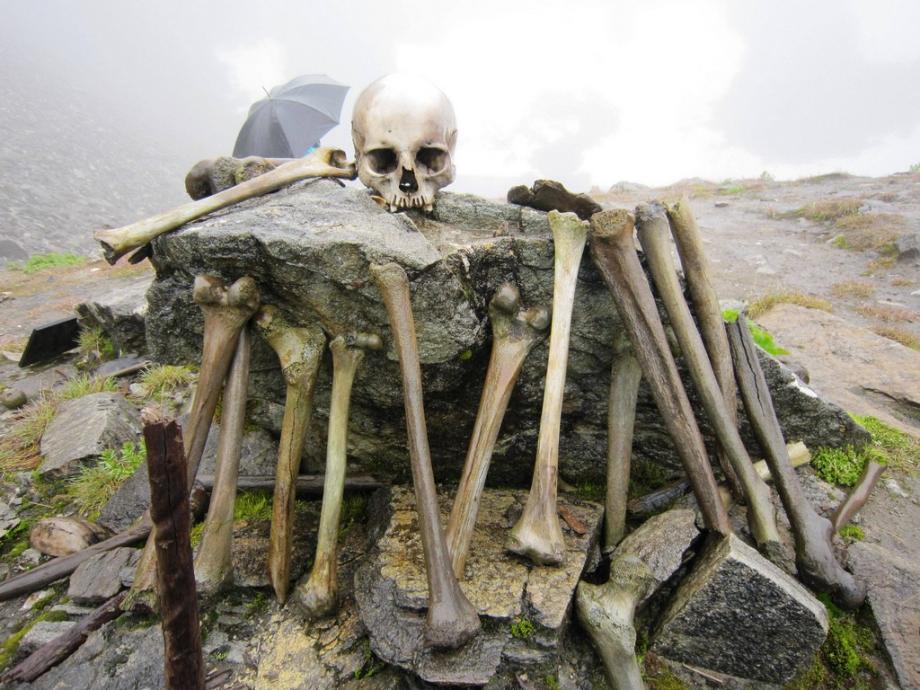
- The lake, known as 'Skeleton lake', is situated at an altitude of 5,029 meters, in the Himalayas.Every year, when the snow melts, one can see hundreds of scattered skulls. The skeletons were first found by a British forest guard in 1942.
Initially, it was believed that the skeletons were those of Japanese soldiers who had died while crossing that route during World War II. But scientists have now found out that the skeletons were of pilgrims and locals as the bodies dated to around 850 AD.- Roopkund is a high altitude glacial lake in the Uttarakhand state of India, lies in the lap of Trishul massif and famous due to hundreds of human skeletons found at the edge of the lake.
- It was only in 2004 when a team of European and Indian scientists converged on the area at the behest of the National Geographic Channel, the horrifying truth of the mystery started coming to light.
- Some British explorers to Roopkund, and many scholars suggested that the bones belonged to General Zorawar Singh of Kashmir, and his men, who are said to have lost their way and perished in the high Himalayas, on their return journey after the Battle of Tibet in 1841. But radio-carbon tests on the corpses in the 1960s belied this theory. The tests vaguely indicated that the skeletons could date back to anytime between the 12th and 15th centuries. This led many historians to link the corpses to an unsuccessful attack by Mohammad Tughlak on the Garhwal Himalaya. Still others believed that the remains were of those of victims of an unknown epidemic. Some anthropologists also put forward a theory of ritual suicide.
DNA testing placed the dead into two distinct physical categories - one of short stature and the other significantly taller. Their findings also revealed that the bodies belonged to a much earlier time than previously thought. Carbon dating put the date around 850 AD.
There is no historical evidence of any trade routes to Tibet in the area but Roopkund is located on an important pilgrimage route of the Nanda Devi cult with festivities taking place approximately once every 12 years. The group consisting of 500 to 600 people were most likely pilgrims. The primary travellers were all from the same area, and they had hired a group of porters who knew the area to carry their baggage through the high mountains. On coming to the lake, they had probably climbed down the slopes to get fresh water when the clouds moved in. With no shelter in the open Himalayas, many, or possibly all of them, perished. The icy waters preserved their bodies for hundreds of years. Some of them even had hair and nails as well as pieces of clothing intact.
Mount Roraima (The Lost World of Venezuela)
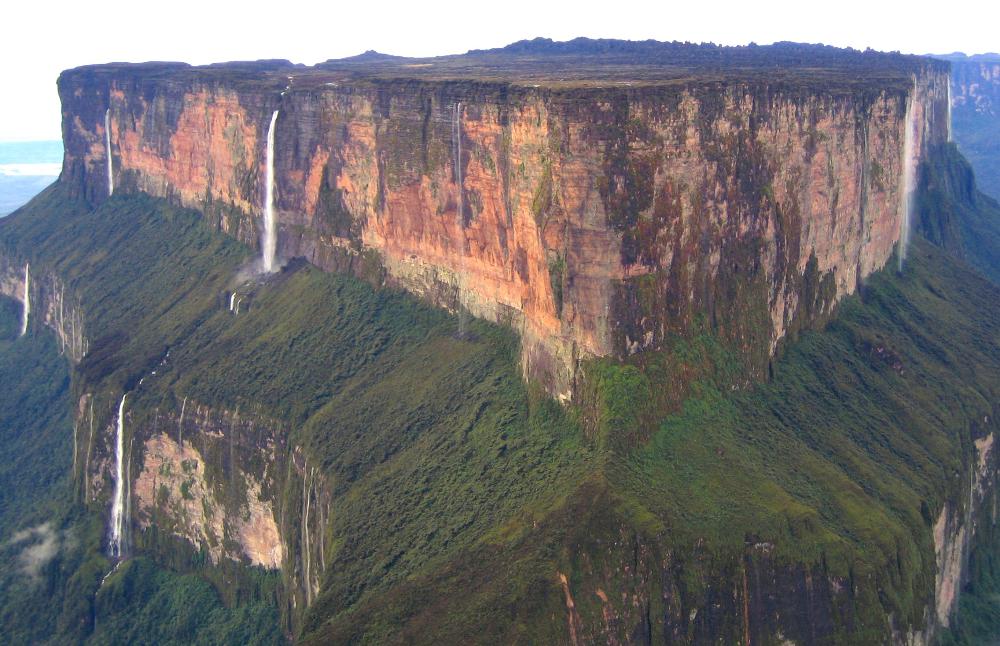
- Mount Roraima lies on the Guiana Shield in the southeastern corner of Venezuela’s 30,000 square kilometres (12,000 sq mi) Canaima National Park forming the highest peak of Guyana’s Highland Range. The tabletop mountains of the park are considered some of the oldest geological formations on Earth, dating back to some two billion years ago in the Precambrian. The mountain includes the triple border point of Venezuela, Brazil and Guyana.
Kalavantin Durg near Panvel, Mumbai, India
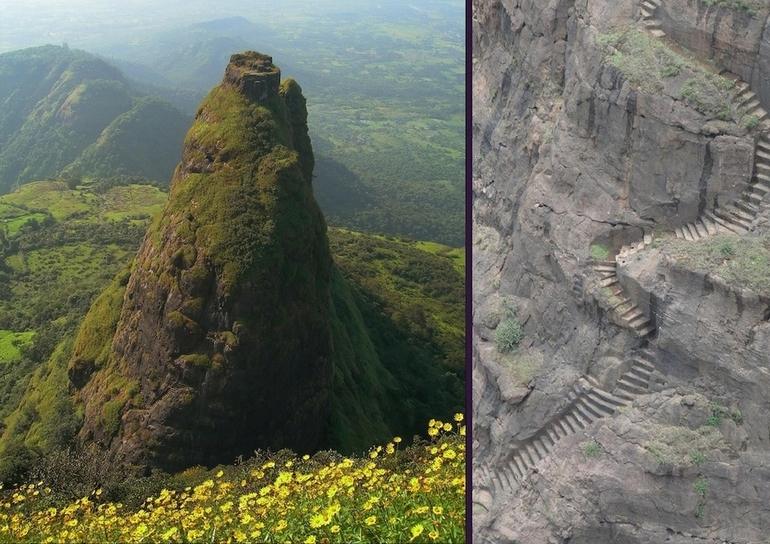
Angkor Wat, Cambodia
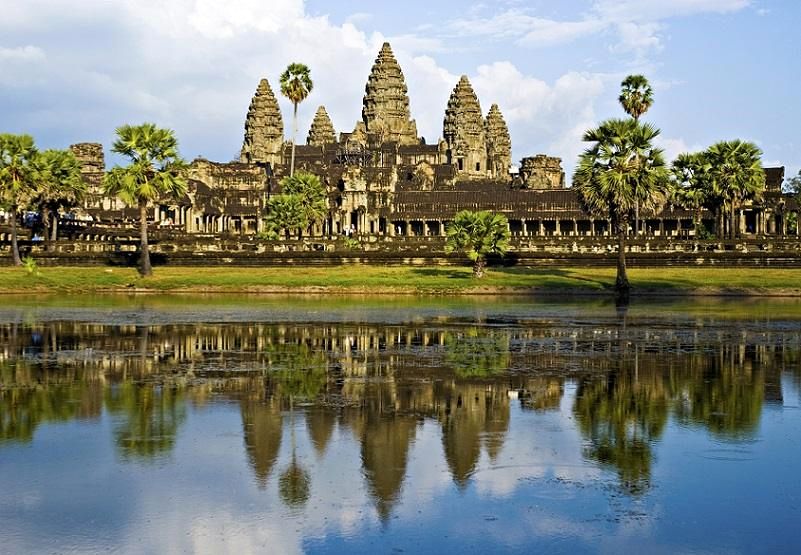
- Angkor Wat was built in the first half of the 12th century (113-5BC). The estimated construction time of the temple is 30 years by King Suryavarman II, dedicated to Vishnu (Hindu), a replica of Angkor Thom style of art.
El Hotel del Salto in Colombia
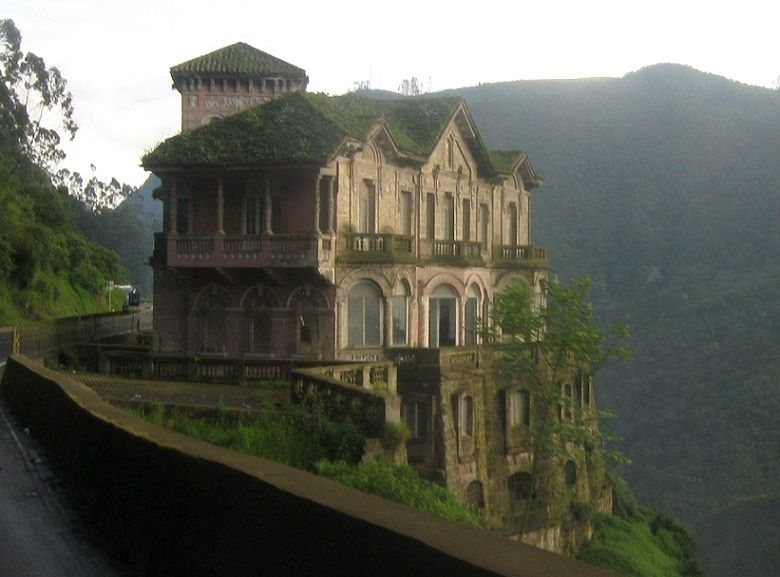
- Abandoned (Haunted) Hotel in Colombia, in 1924, the then-luxurious Hotel (Refugio d)el Salto opened on the cliff facing the waterfall to welcome wealthy travelers visiting the Tequendama Falls area. The hotel closed down in the early 90s, thought to be linked to contaminated river water.
Ship Rock, New Mexico
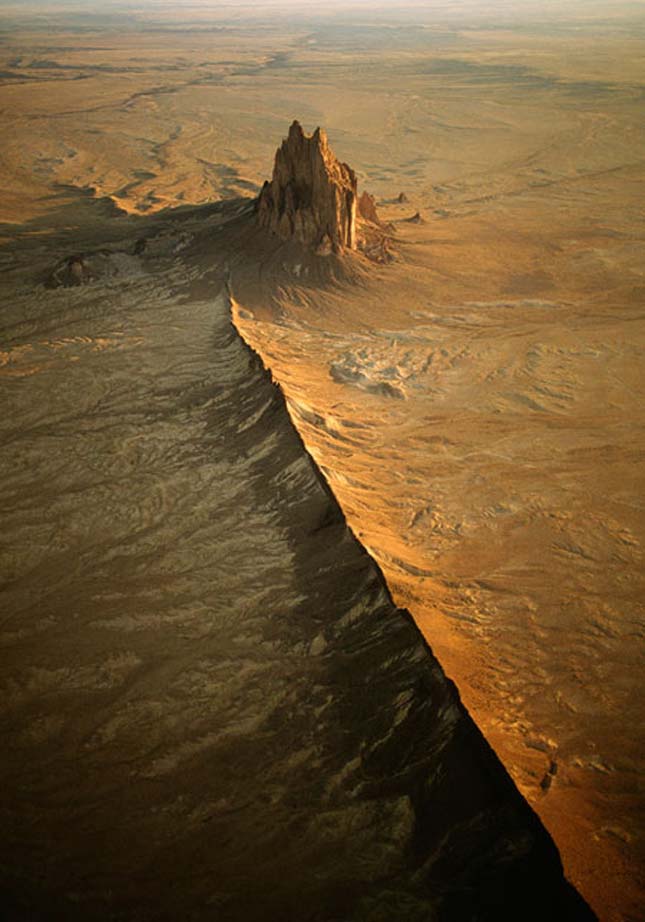
- Shiprock is a monadnock rising nearly 1,583 feet (482.5 m) above the high-desert plain on the Navajo Nation in San Juan County, New Mexico, USA. It has a peak elevation of 7,177 feet (2,187.5 m) above sea level. It lies about 10.75 miles (17.30 km) southwest of the town of Shiprock, which is named for the peak. Shiprock is composed of fractured volcanic breccia and black dikes of igneous rock called “minette”.
Pulpit Rock in Norway
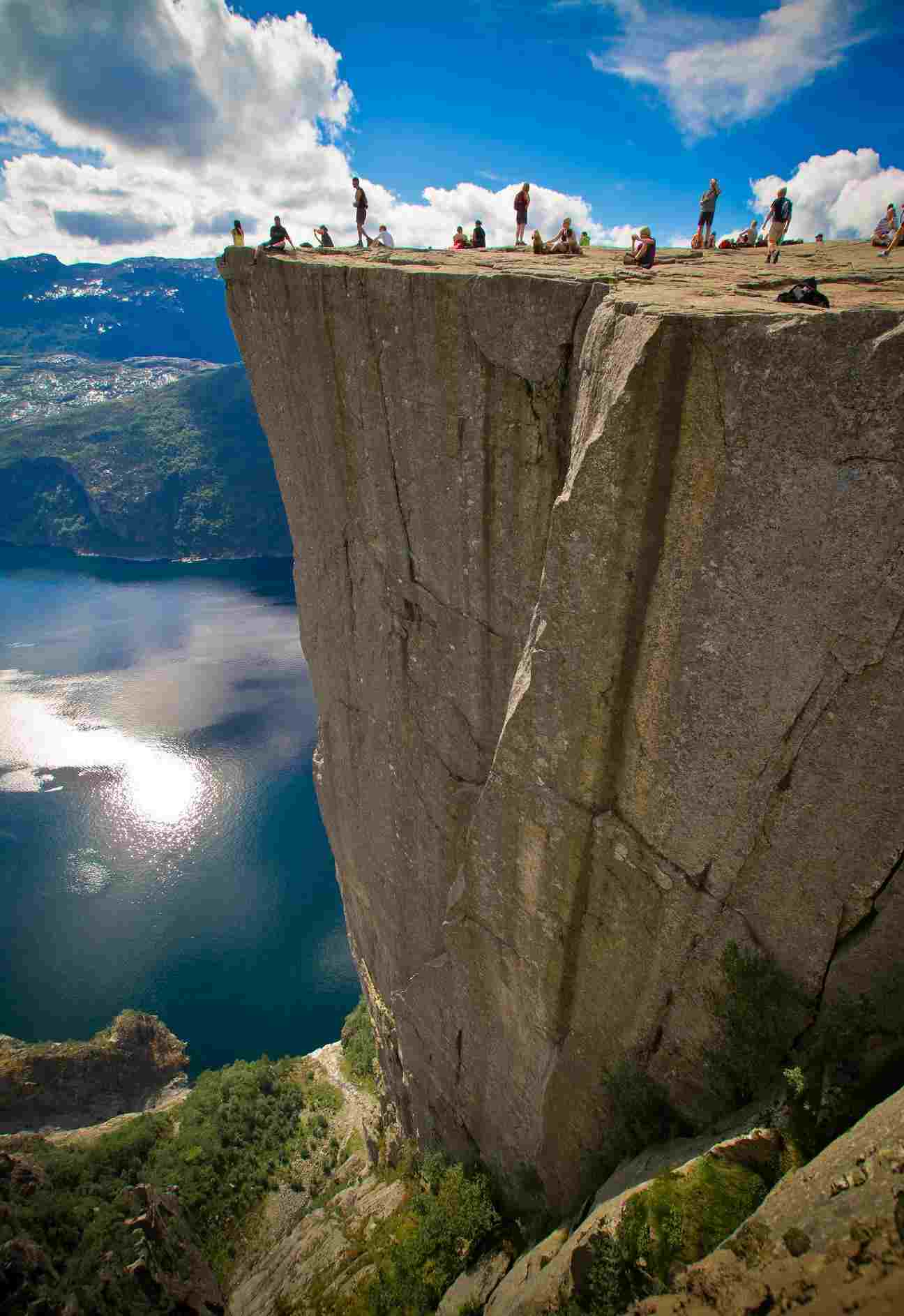
- Preikestolen or Pulpit Rock is a mountain formed like a huge pulpit towering over the Lysefjord in Rogaland, Fjord Norway. Preikestolen is a massive cliff 604 metres (1982 feet) above Lysefjorden, opposite the Kjerag plateau, in Forsand, Ryfylke, Norway.
- The top of the cliff is approximately 25 by 25 metres (82 by 82 feet), almost flat, and is a famous tourist attraction in Norway. The Pulpit Rock (Preikestolen), the most famous tourist attraction in Ryfylke, towers an impressive 604 metres over the Lysefjord.
Ajanta Caves, Maharashtra, India
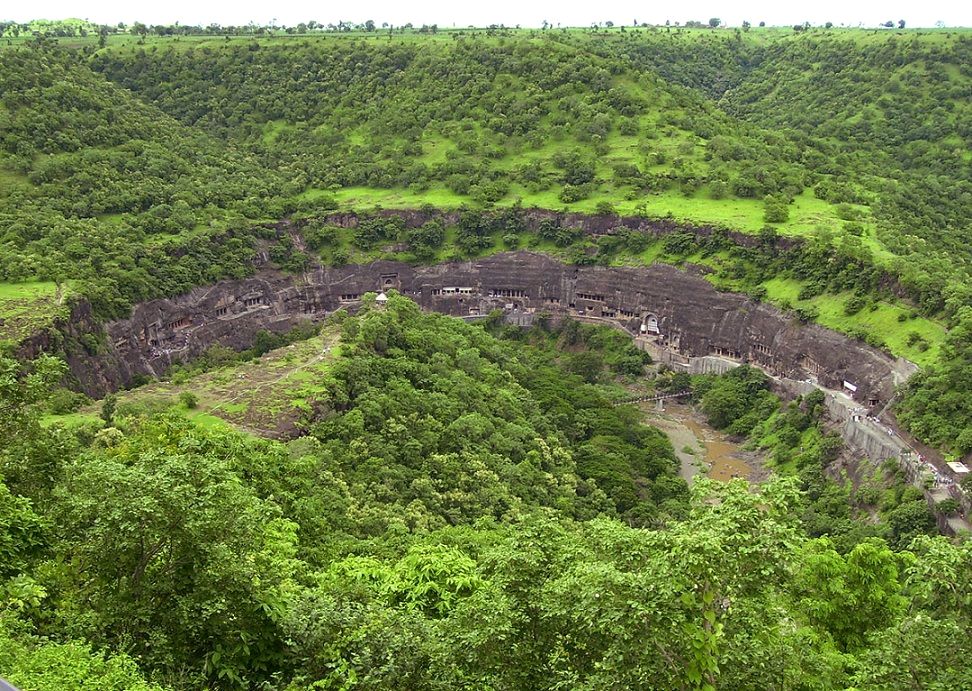
Neist Point Lighthouse, Isle of Skye, Scotland (At the World’s edge)
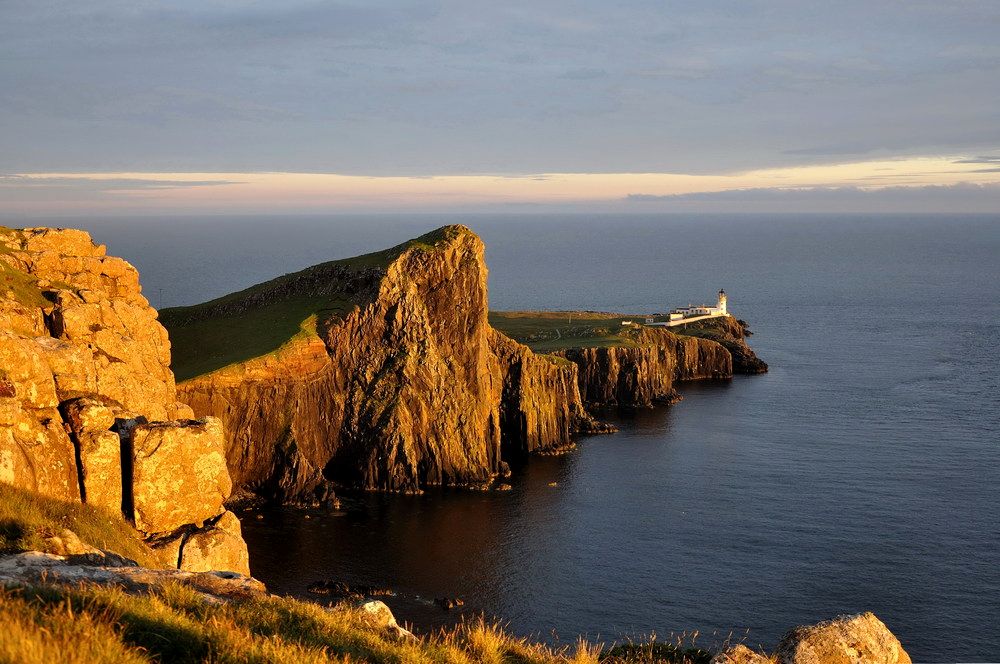
- Neist Point is located in the most western point on the Duirinish peninsula of the Isle of Skye. It is situated in the Highlands & Islands in Scotland.
- Neist Point is one of the main attractions of this area due to the amazing scenic views, rich heritage and unparalleled beauty that it offers. Neist Point Lighthouse has been located there since 1909.
Pangong tso lake in Ladakh, Jammu and Kashmir, India. ( Highest salt water lake in the world )

- Pangong Tso, Tibetan for “long, narrow, enchanted lake”, also referred to as Pangong Lake, is an endorheic lake in the Himalayas situated at a height of about 4,350 m (14,270 ft). It is 134 km long and extends from India to Tibet. Approximately one-third of the lake is in India and the rest is in Tibet.

